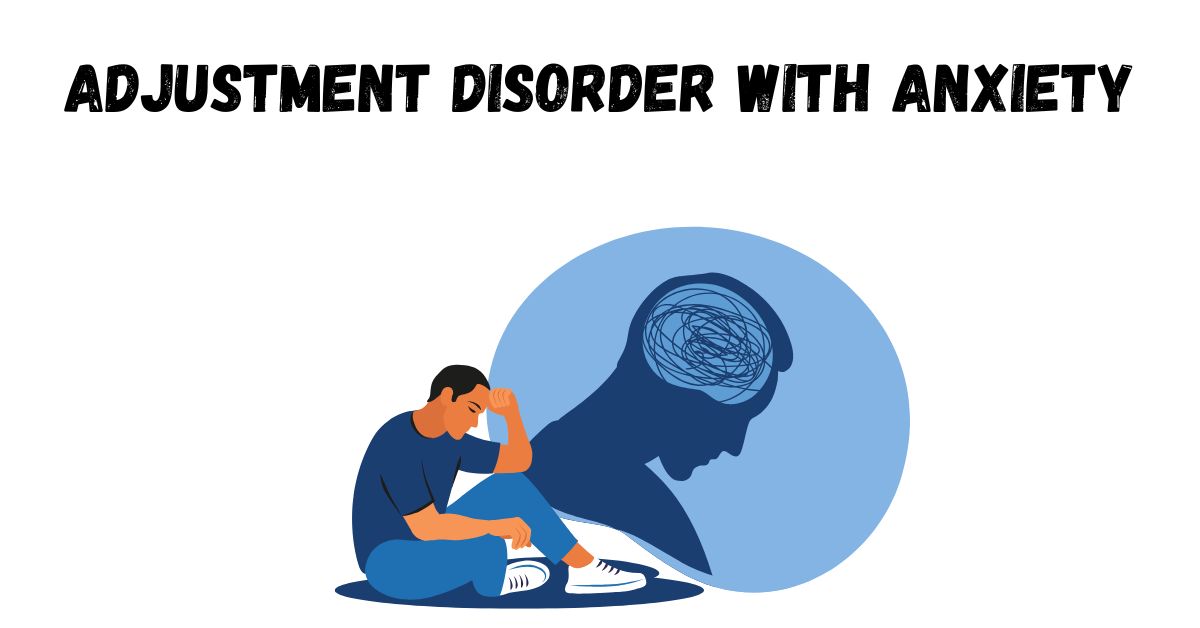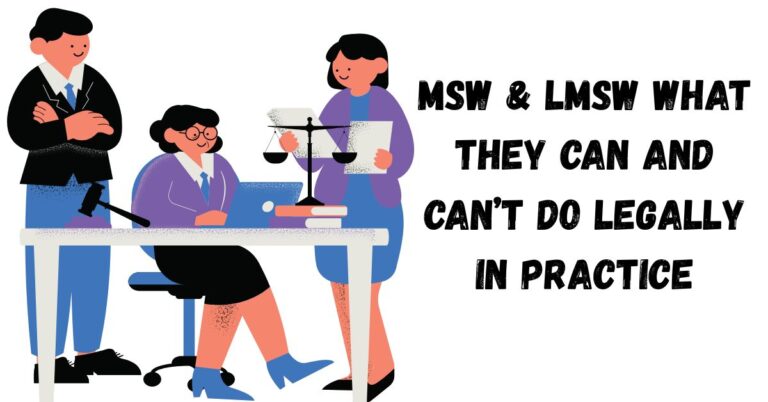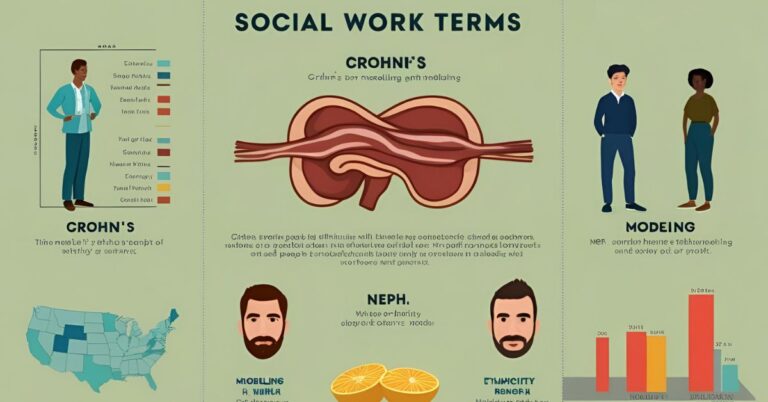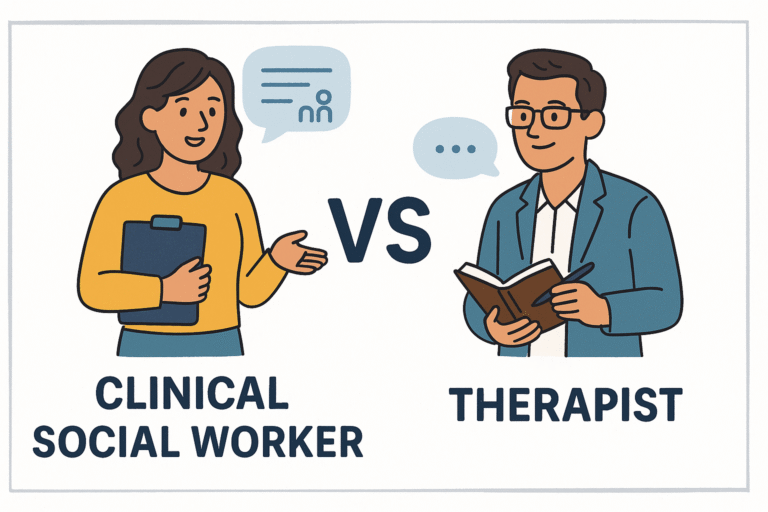What Does Adjustment Disorder with Anxiety Mean in Social Work?

If you’re wondering, what does adjustment disorder with anxiety mean in social work, you’re in the right place. This condition can be stressful but it’s very treatable with the help of mental health professionals like social workers.
What Is Adjustment Disorder with Anxiety?
Adjustment disorder with anxiety is a mental health condition triggered by a life stressor. It’s a short-term stress response, meaning it doesn’t last forever but it can be intense.
When someone can’t adjust to a major change (like moving, divorce, or job loss), they may develop:
- Excessive worry or nervousness
- Trouble sleeping
- Difficulty concentrating
- Feeling overwhelmed
- Physical tension (like headaches or muscle pain)
This condition is recognized in both the DSM-5 and ICD-10. It’s often diagnosed by therapists or clinical social workers using a client assessment and interview.
Signs vs. Stressor Examples
| Symptoms | Common Triggers (Stressors) |
|---|---|
| Trouble sleeping | Divorce or breakup |
| Feeling anxious or tense | Moving to a new city |
| Difficulty focusing | Losing a job |
| Irritability or emotional outbursts | Academic pressure |
| Avoiding responsibilities | Death of a loved one |
How Is Adjustment Disorder Different From Anxiety?
Adjustment disorder with anxiety is different from generalized anxiety disorder. Here’s how:
| Adjustment Disorder | Generalized Anxiety Disorder (GAD) |
|---|---|
| Triggered by a life change or event | Not always linked to a specific trigger |
| Usually lasts 3 to 6 months | Can last years if untreated |
| Linked to specific emotional stress | Ongoing excessive worry |
| Often treated with short-term therapy | Often needs long-term therapy & medication |
Role of Social Work in Treating Adjustment Disorder
Social workers are trained to support individuals with mental health challenges. Whether it’s through case management, counseling, or emotional support, they help people cope.
Key roles of social workers:
- Conducting a psychosocial assessment
- Developing coping mechanisms
- Providing therapy options (like CBT)
- Creating a safe space for healing
- Connecting clients with community resources
LCSWs (Licensed Clinical Social Workers) and LMFTs (Licensed Marriage and Family Therapists) often work with people struggling with stress-related disorders, including this one.
Common Treatment Options
Good news this disorder is highly treatable. Social workers guide clients through healing with therapeutic interventions, including:
- Cognitive Behavioral Therapy (CBT)
- Talk therapy
- Stress-reduction techniques (deep breathing, journaling)
- Exercise and healthy sleep habits
- Peer support groups
How Long Does It Last?
Most people start to feel better within a few months. Usually:
- Symptoms begin within 3 months of a stressor
- The disorder resolves within 6 months after the stress ends
If symptoms last longer or worsen, it may turn into another mental health diagnosis, so follow-up with a therapist is important.
FAQ

Is adjustment disorder a real diagnosis?
Yes, it’s listed in the DSM-5 and used by mental health professionals for treatment planning.
Can children or teens have this condition?
Absolutely. It’s very common during changes like starting a new school, divorce, or bullying.
Do social workers treat mental illness?
Yes! Especially LCSWs. They provide psychotherapy, support planning, and referrals to behavioral health services.
Related Resources
So, what does adjustment disorder with anxiety mean in social work?
It means understanding that stress is real, but help is available. Social workers step in with kindness, training, and tools to help people recover and thrive. If you or someone you know is struggling with emotional distress, reaching out to a social worker can be the first step toward healing.







One Comment